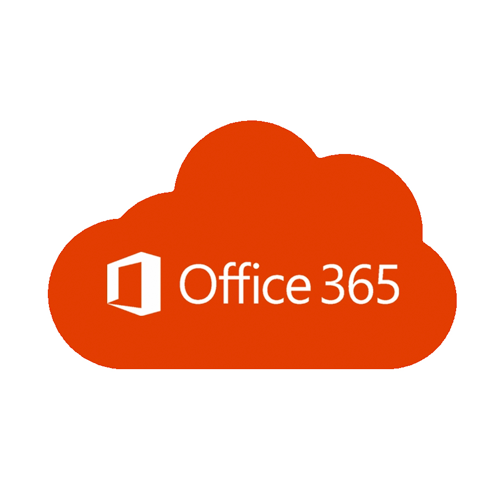Complete Guide to Windows OEM Licenses – SLP, NSLP, COA & DM Keys
When purchasing a new PC or laptop, especially with pre-installed Windows, you might encounter different types of OEM (Original Equipment Manufacturer) license product keys. In a previous article, we explored the various Windows product key types. Today, we’ll focus specifically on the types of Windows OEM licenses—SLP, NSLP, COA, and DM—and help you understand the differences so you can make an informed decision before your next purchase.
OEM licenses are provided by Microsoft to hardware manufacturers like Dell, HP, Lenovo, Asus, and others. These licenses come preinstalled on new computers and are often more affordable than retail versions.
Since Windows XP, Microsoft has distributed four types of OEM licenses:
OEM: SLP (System Locked Pre-installation)
OEM: NSLP (Non-System Locked Pre-installation)
OEM: COA (Certificate of Authenticity)
OEM: DM (Digital Marker)
Each of these license types has unique characteristics. Let’s break them down:
Pre-installed & BIOS-locked: OEM: SLP keys are embedded into the OS and tied to the system BIOS.
No internet activation needed: Activation occurs by matching the digital certificate in Windows with the BIOS signature.
Non-transferable: Cannot be reused on another PC.
Includes COA label: A sticker is provided, but it’s not used for activation—only for reference during reinstallation.
Best suited for enterprise PCs where hardware replacement isn’t desired.
OEM: NSLP – Non-System Locked Pre-installation
Similar to Retail keys: Users manually enter a product key to activate Windows.
Issued by OEM, not Microsoft Store: Key is OEM-distributed, but behaves like a retail license.
Tied to one device: Still subject to OEM restrictions (non-transferable).
Ideal for users who want flexibility during setup.
OEM: COA – Certificate of Authenticity
Comes with a physical label: Includes the product key printed on it.
Pre-activated by OEM: Windows is installed and activated using the key on the label.
Semi-transferable: While technically against Microsoft’s EULA, the key can be reused on the same version of Windows on another machine (but not simultaneously).
Common in budget-friendly laptops and desktops.
OEM: DM – Digital Marker
Modern, embedded license: Like SLP, but for newer Windows versions (Windows 8 and above).
Key stored in UEFI/BIOS: Automatically activates upon internet connection after OS install.
No manual entry required: Simplifies reinstallations and recovery.
Ideal for end users who reinstall Windows frequently.
How to Check OEM License Type
While you can check if your license is OEM, Retail, or Volume using command line tools, identifying the specific OEM type (SLP, NSLP, COA, DM) requires third-party utilities:
Microsoft PIDX Check
Windows 7 Product Key Checker
⚠️ These tools may not have official Microsoft sources, so download from trusted websites only.
Conclusion
Understanding the differences between Windows OEM license keys—SLP, NSLP, COA, and DM—can help you avoid compatibility issues and select the right license for your setup.
For corporate environments, OEM: SLP is more secure and hardware-locked.
For general consumers, OEM: COA or DM offers flexibility with easier reinstallations.
If you’re purchasing new PCs for your business or personal use, choosing the right OEM license ensures long-term compatibility, ease of use, and compliance with Microsoft licensing.



 Windows 11
Windows 11 Windows 10
Windows 10 Windows 8
Windows 8 Windows 7
Windows 7 Windows XP
Windows XP
 Microsoft 365
Microsoft 365 Office 2019
Office 2019 Office 2013
Office 2013 Office 2010
Office 2010 Project 2021
Project 2021 Project 2019
Project 2019 Project 2016
Project 2016 Visio 2021
Visio 2021 Visio 2019
Visio 2019 Visio 2016
Visio 2016
 Server 2008
Server 2008 SQL Server
SQL Server
 Avast
Avast Utility & Tools
Utility & Tools PDF Editor
PDF Editor CAD & 3D, 2D
CAD & 3D, 2D Graphics/Drawing
Graphics/Drawing Microsoft 365
Microsoft 365 Office 2021
Office 2021 Office 2019
Office 2019 Office 2013
Office 2013 Office 2010
Office 2010 Server
Server
